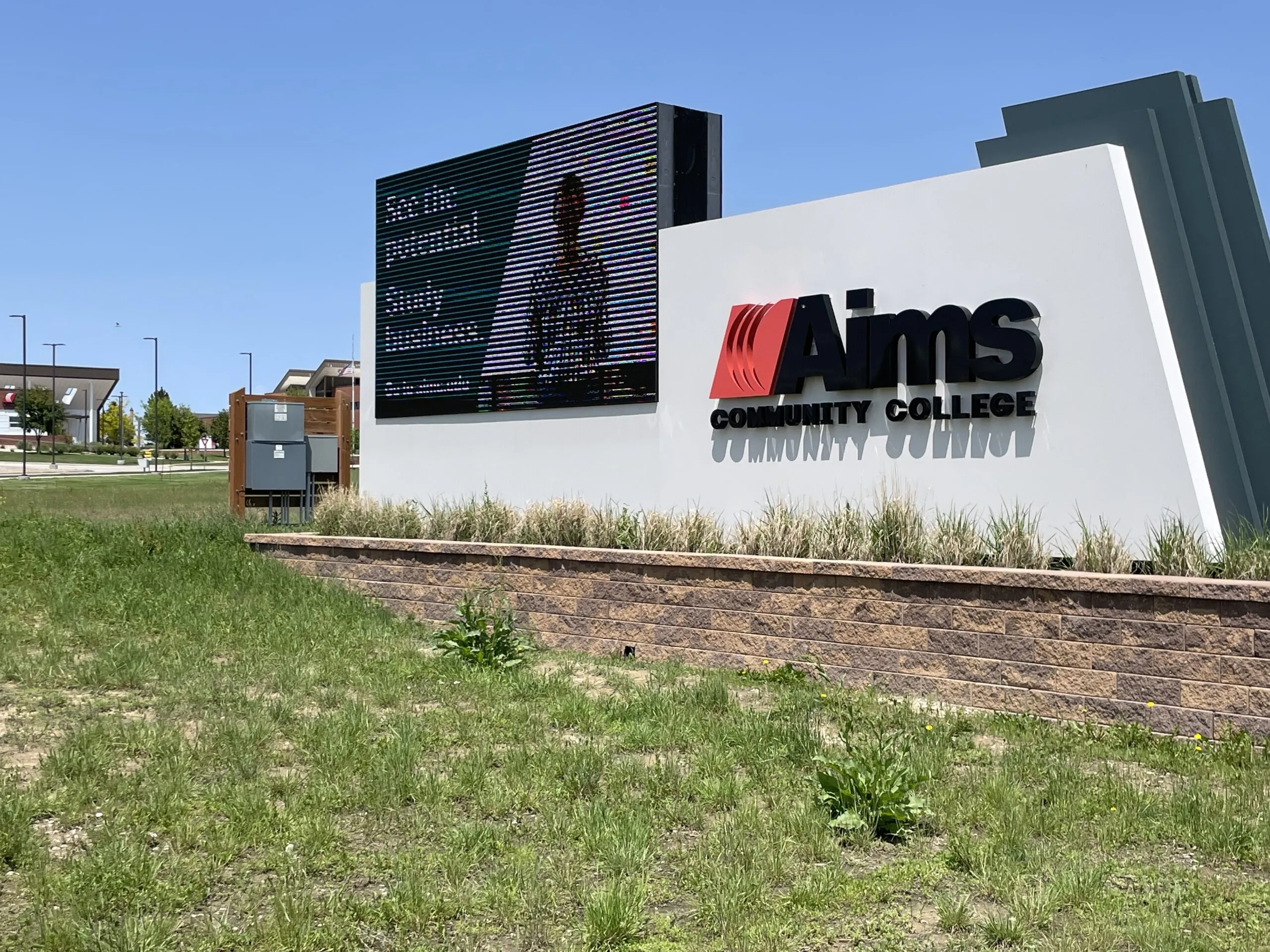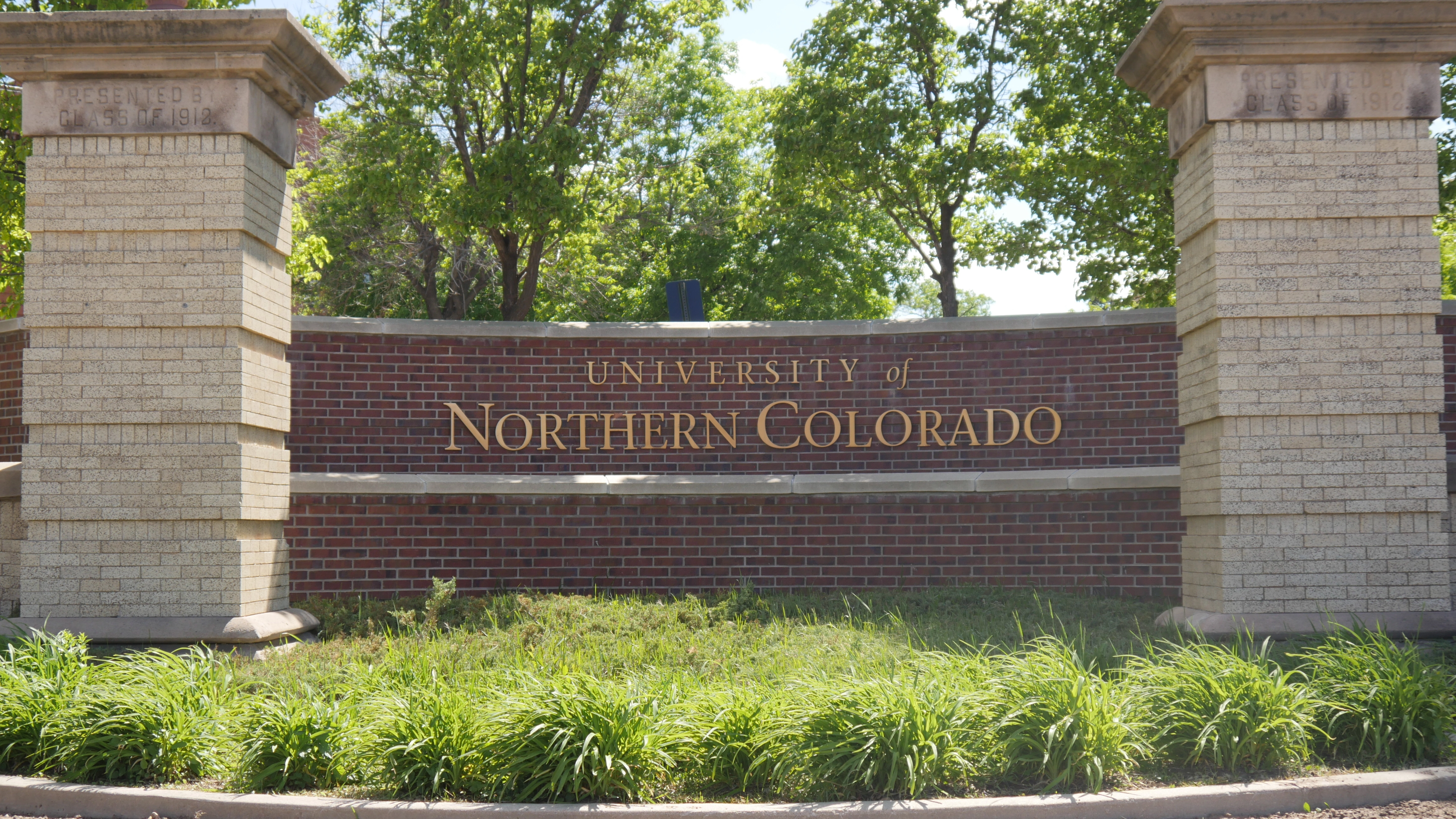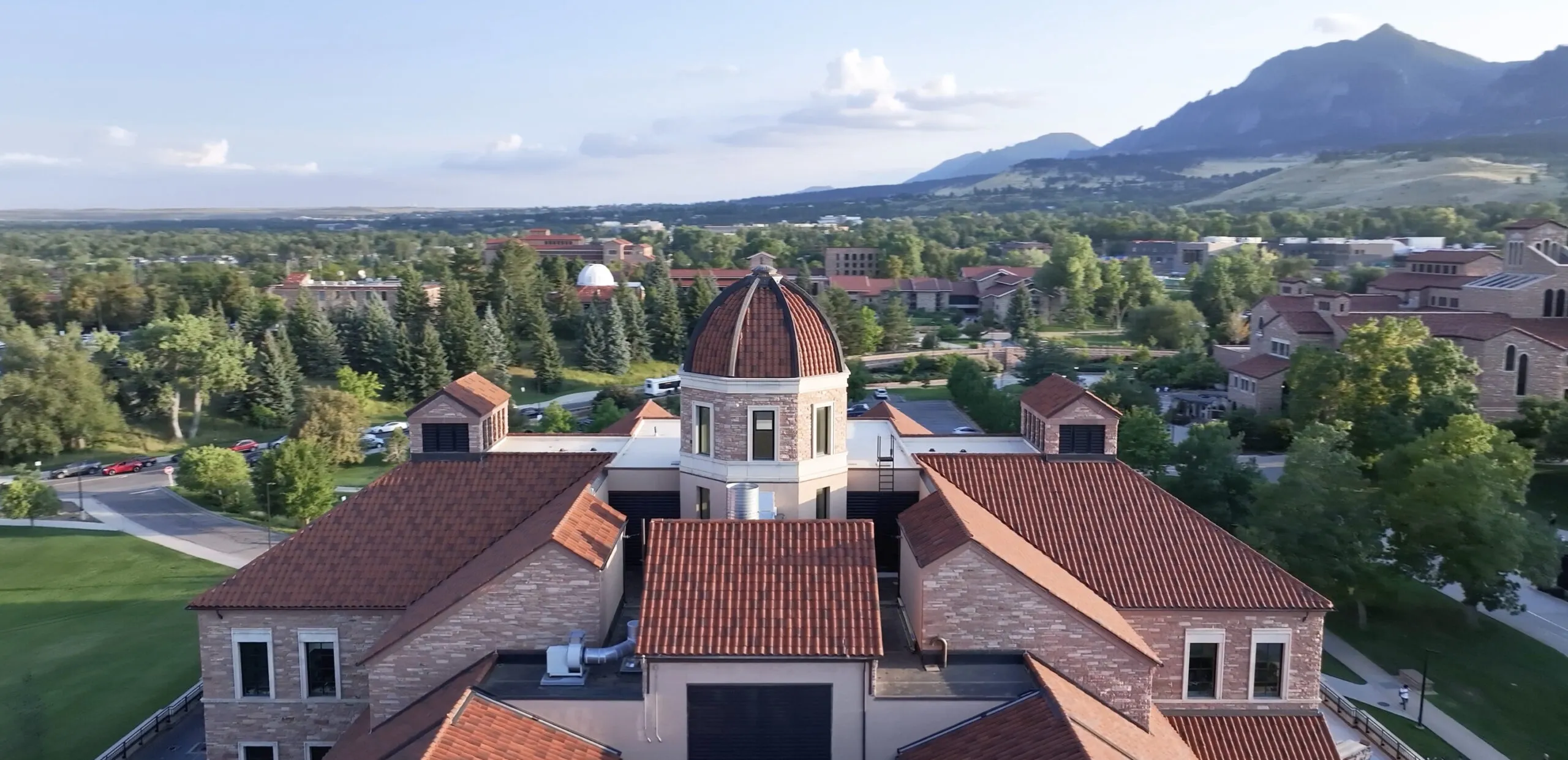CU scientists to help build observatory on far side of the moon

BOULDER — NASA is setting the stage for construction of FarView, a revolutionary observatory on the far side of the moon, and scientists from the University of Colorado are along for the ride.
CU’s team of scientists, led by Jack Burns, a professor in the Department of Astrophysical and Planetary Sciences at CU Boulder, will work with Houston aerospace firm Lunar Resources to design FarView, which will be built across 77 square miles using mainly materials mined on the moon.
“The proposed observatory includes more than 100,000 dipole antennas and would become the most powerful telescope ever built for studying low-frequency radio…
THIS ARTICLE IS FOR SUBSCRIBERS ONLY
Continue reading for less than $3 per week!
Get a month of award-winning local business news, trends and insights
Access award-winning content today!



